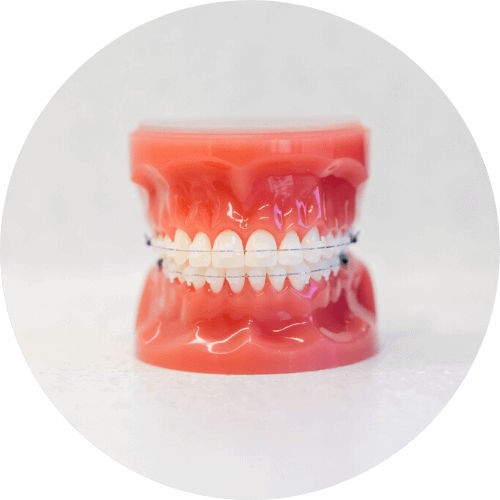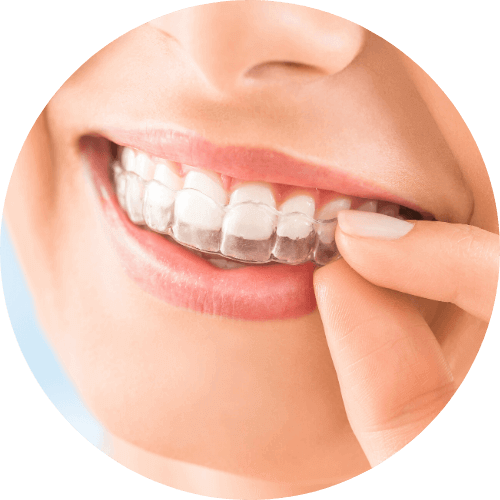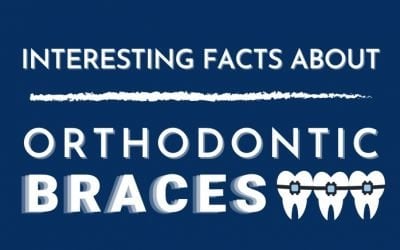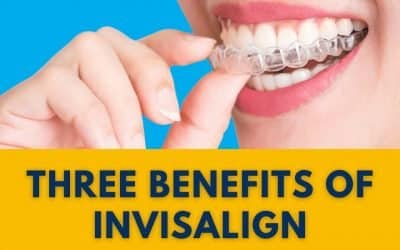Why Are Teeth Crooked?
There is one question a parent often asks when they enter an orthodontic clinic: ‘why are my child’s teeth crooked?’. Unfortunately, there’s no one-size-fits-all answer to this question. Teeth can develop incorrectly for a number of reasons, including genetic influences, jaw growth deformities, patient habits, obstructed airways/ chronic mouth breathing and other serious oral health conditions.
While some of these factors are beyond our control and braces or other types of orthodontic treatment may be necessary to correct crooked teeth, there are a few things that parents can look out for to ensure their children are growing up with healthy and confident smiles.

Genetics and crooked teeth
When crowding occurs due to extra teeth, abnormally large teeth or small jaws, genetics often plays a significant role. When we consider that we get 50% of our genetic makeup from one parent and 50% from the other, it is little wonder that sometimes the teeth and jaws do not match correctly.
Many orthodontic problems such as underbites, overbites, and crooked teeth are heavily influenced by genetics and in most cases can’t be avoided, but can be corrected. More serious dental and facial growth problems such as an upper jaw that is growing much slower than the lower jaw will warrant early orthodontic intervention. These problems should be assessed by a specialist Orthodontist by the age of 7-8 years. Minor bite problems and dental crowding should also be assessed early but can often be monitored for a few years before being treated easily and predictably as one phase of treatment during the pubertal growth spurt years.
Childhood behaviors
While genetics play a major part in determining whether a child requires orthodontic treatment, certain early childhood behaviors may also contribute to the development of crooked teeth.
Taking care of baby teeth
Baby teeth act as space maintainers for future adult teeth.
If a child loses a baby tooth too early, the adjacent teeth can drift into the empty space, reducing the space available later when the adult tooth is ready to erupt. Therefore, taking good care of baby teeth is vital if you want to prevent crowding in the adult teeth.
If a baby tooth is lost due to trauma or extracted due to tooth decay or infection, it is important that you see an orthodontist for advice and possibly the placement of a space maintainer to prevent the loss of space.
Thumb and finger sucking
A thumb sucking habit after the front teeth have erupted can also impact a child’s teeth – pushing the front teeth forward or possibly creating an open-bite. It’s important to note that there are usually no ill-effects from thumb sucking in early childhood and most children naturally give up the habit somewhere between 2-4 years of age.
However, if thumb sucking continues past the age of 6 or 7 (when adult teeth are coming through) there can be a misalignment of front teeth and narrowing of the upper jaw which may require jaw expansion plates and braces. It’s therefore very important to break a thumb-sucking habit while the child is still young.

Does nail-biting caused crooked teeth?
Nail-biting is one of the most common nervous habits that can be triggered by stress, excitement or boredom. What you might not know is that this can cause permanent damage to your teeth, wearing down your tooth enamel which can lead to a variety of dental issues, including crooked teeth. If you are wearing braces, nail biting puts additional pressure on the brackets, making them bend or break which will result in unscheduled trips to the orthodontist, compromising your overall treatment plan so you may need to wear your braces for a longer period of time.
The benefits of early orthodontic treatment
While the temptation may be to wait until your child is in their teen years to begin orthodontic treatment, early child orthodontic treatment can be beneficial in many cases. The use of spacers can help stop overcrowding by ensuring there is enough space in the mouth for new teeth, while a plate can help guide jaw growth during their formative years. This will mean that less extensive treatment is required at a later date to correct bite and jaw alignment.
Still unsure why your child’s teeth are crooked?
Orthodontics Australia recommends children between the ages of 7-10 years visit a specialist orthodontist for an assessment, no referral from a dentist needed.
To read the original article, click here.
DISCLAIMER:
The content has been made available for informational and educational purposes only. Central Coast Orthodontics does not make any representation or warranties with respect to the accuracy, applicability, fitness, or completeness of the content.
The content is not intended to be a substitute for professional personal diagnosis or treatment. Always seek the advice of your dentist or another qualified health provider with any questions you may have regarding a dental or medical condition. Never disregard professional advice or delay seeking it because of something you have read or seen on the Site.
Learn More About
Related Articles
Unfinished Smiles Welcome Here – We’ll Pick Up Where You Left Off
Is Smile Direct Club’s insolvency leaving your teeth realignment process stranded? As Invisalign Diamond Plus providers…
Interesting Facts About Orthodontic Braces
Wanting to get orthodontic braces but feeling unsure because you don't have knowledge about its...
Three Benefits of Invisalign
Did you know that aside from being an option for straightening your teeth, there are also benefits...
Metal Braces: Does This Traditional Dental Technology Have a Future?
Of all the medical professions, dentistry has always generated the most fear and continues to;...







